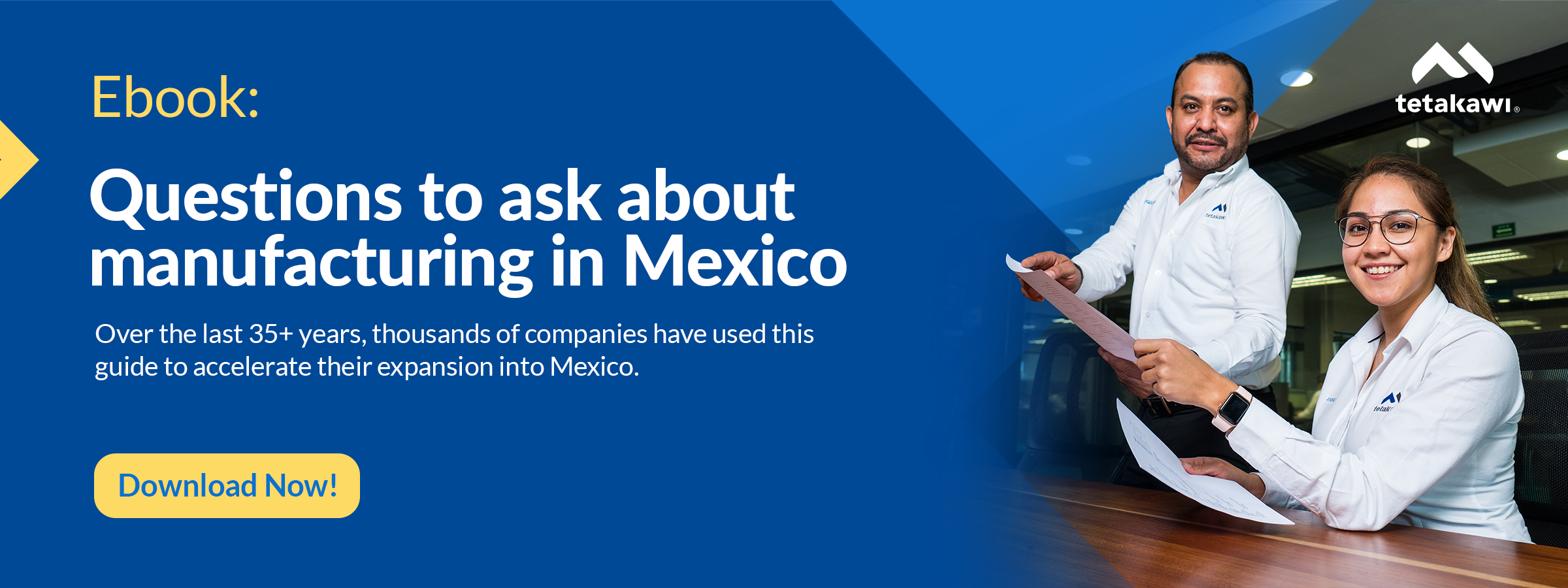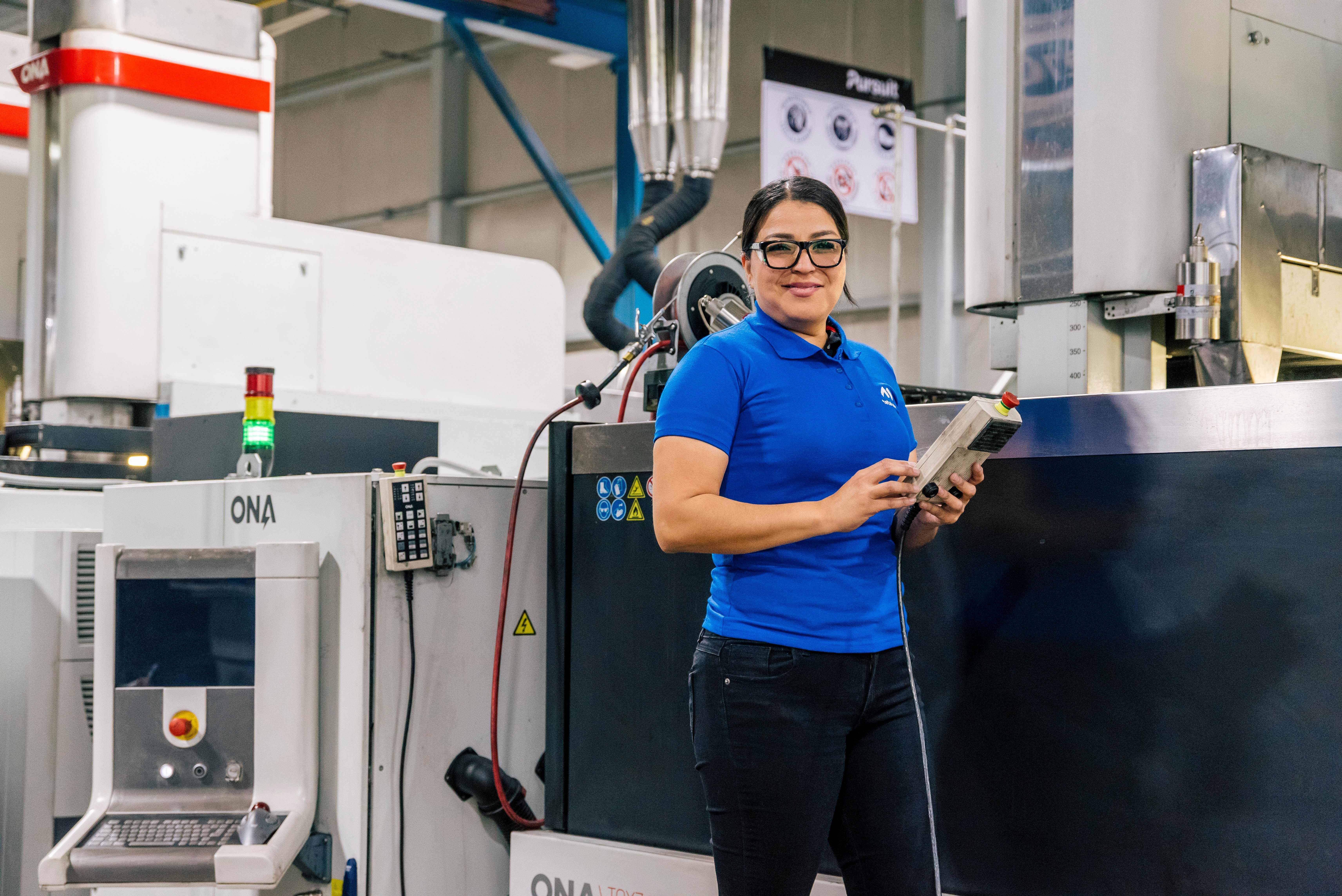Supply chain visibility is becoming an increasingly critical factor for many manufacturers. Supply chain visibility is about being able to track raw materials, individual components, or assemblies during their journey from supplier to manufacturer and on to the final user. At the highest level, this visibility supports manufacturers with strong logistical information that can help improve scheduling in manufacturing based on when all materials will arrive.
However, this visibility into material sourcing also helps organizations meet a range of broader goals beyond simply predictability. It provides support for corporations that want a more environmentally or labor-friendly supply chain to drive sustainability commitments. It demonstrates that aerospace manufacturers are minimizing risk by meeting sourcing security requirements. It affords manufacturers the opportunity to reduce warehouse space and costs through more effective inventory practices.
The challenge with supply chain visibility is that it relies on participation from suppliers and trust in reported data. This is one challenge that is pushing many manufacturers to reconsider their factories in China and look toward Mexico instead.
The challenges of supply chain visibility
While a lack of sophisticated data from suppliers still slows many supply chain visibility efforts, this effort also depends upon strong partnerships with and oversight of trustworthy suppliers. Manufacturers must be able to regularly visit factories to ensure quality control expectations are met, and all reported data is accurate. This can become more challenging when working with overseas suppliers, where it can be challenging to oversee sourcing and production regularly.
A prime case of these challenges is exampled by the Uyghur Forced Labor Prevention Act (UFLPA), which President Biden signed into law in December 2021. The UFLPA aims to address human rights violations imposed on the Uyghur population and other Muslim minorities in the Xinjiang Uyghur Autonomous Region of the People's Republic of China (PRC). However, in doing so, it is pushing manufacturers across a wide range of industries to examine their sourcing from China more closely.
The UFLPA establishes a rebuttable presumption, which forces importers to assume that all goods produced in part or in whole in Xinjiang have been made with forced labor. U.S. companies that wish to continue source materials or components from this region will, as of June 21, 2022, be required to provide evidence that goods they imported from Xinjiang are not produced with forced labor. This shifts the burden of proof from customs officials to companies, many of which lack visibility back into material sourcing.
As Laura Murphy, a professor of human rights and contemporary slavery at Sheffield Hallam University in Britain, told the New York Times, "I anticipate that there will be many companies — even entire industries — that will be taken by surprise when they realize that their supply chains can also be traced back to the Uyghur region."
How can you improve supply chain visibility?
Accessibility is at the heart of supply chain visibility efforts. This includes access to data about the movement of goods and sourcing practices. It also provides access to the suppliers in question. As such, there are a few areas where manufacturers gain an advantage by working with Mexico-based suppliers:
- Ability to visit suppliers to confirm reporting. Data is at the heart of any supply chain visibility initiative, but confirming that data may also require some investigation into your suppliers. This is an area where Mexico offers U.S. and Canadian manufacturers an edge, simply through proximity. It is much more economical to visit suppliers a short one- or two-hour flight away compared to traveling across the world. This confirmation becomes even more straightforward when working with a partner like Tetakawi. Our purchasing team can serve as your eyes on the ground. We maintain a database of suppliers, carefully selected to meet our approved vendor requirements and regularly evaluated for performance based on client feedback.
- Provides transportation versatility in the event of supply chain challenges. Supply chain visibility has been a sourcing focus for some time now, but the global COVID-19 pandemic through into the spotlight the importance of having insight into material location to address logistical needs alone. However, working with suppliers that have versatility in how they get materials and goods to your location can give you an edge.By working with Mexico-based suppliers, manufacturers in Mexico, the U.S., and Canada have highway and railway access rather than being pushed to rely on congested ports alone for getting goods to market.
- Has practices in place to enforce labor protections. The terrible truth is that forced labor can occur in many developing countries. Gaining visibility into these labor violations and implementing better practices is critical.The USMCA has set far-reaching labor protections in place for importers and put a process in place to ensure they are fully enforceable, unlike its predecessor, NAFTA. These labor protections have already pushed Mexico to enact historic labor reforms in 2019, including improvements in union registration and bargaining as well as the implementation of impartial courts to adjudicate disputes.
Work with suppliers and partners you can trust
The best bet for any manufacturer seeking supply chain visibility is to work with partners you know and can trust. This includes suppliers of goods and materials as well as purchasing partners who can provide guidance on reputable companies.
With over three decades of experience in Mexico manufacturing, Tetakawi has a unique understanding of the questions to ask and areas to explore to ensure suppliers are reputable. We help connect manufacturers with reliable supply chain partners and resources that provide best industry practices.
If you're ready to build robust supply chains and connections in Mexico, contact Tetakawi today.
Subscribe
Sign up and stay informed with tips, updates, and best practices for manufacturing in Mexico.






